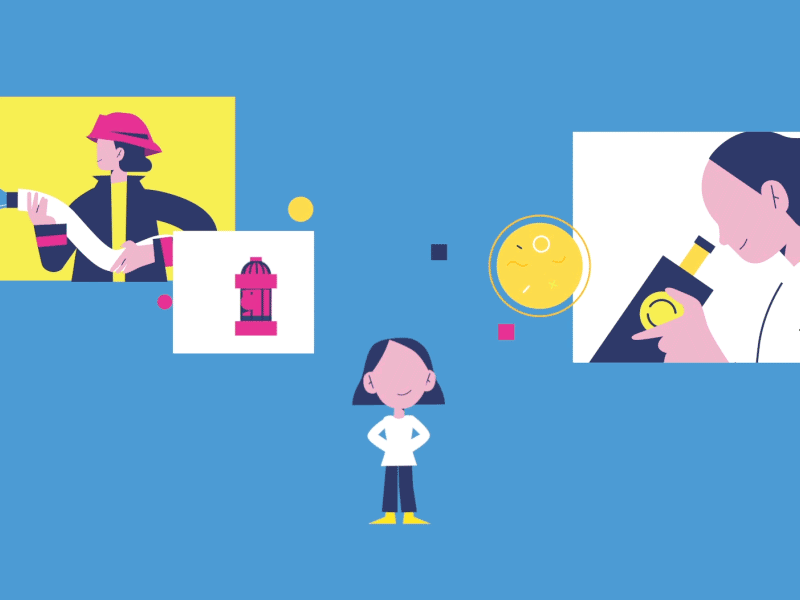
The Environment Is More Prepared than Me
The Prepared Environment in Montessori classrooms is a critical concept at the heart of Dr. Maria Montessori’s Montessori method. Its goal is to create an environment that fosters each child’s natural curiosity and independence. The Prepared Environment is thoughtfully designed to meet children’s developmental needs by encouraging exploration, self-discovery and joyful learning.
The Prepared Environment is regarded as the foundation of the educational experience in Montessori classrooms. Its primary goal is to promote the optimal development of a child’s physical, cognitive, emotional and social skills. The environment is meticulously planned to provide the children with freedom of movement, a sense of order and a wealth of carefully selected materials that are appropriate for their developmental stage.

Image Credit: https://www.isms.nsw.edu.au/programs/preschool-to-kindergarten-stage-1-3-6-years/the-prepared-environment/
The freedom of movement provided by the Prepared Environment is a fundamental feature. Montessori classrooms are purposefully designed to encourage children to explore and interact with their surroundings by allowing them to move freely around the space. Furniture and materials are arranged to meet the needs of the children, promoting autonomy and independence as they navigate the environment on their own terms.
The Prepared Environment also requires order and organisation. Montessori classrooms are meticulously kept, with each material and activity having a specific location. This sense of order provides a structured and predictable environment for children, fostering a sense of security and comfort. The clean environment allows children to concentrate on their learning and exploration without distractions, contributing to a sense of harmony and balance in the classroom.
The carefully curated selection of materials is another distinguishing feature of the Prepared Environment. Montessori educators spend a significant amount of time selecting educational materials that are specifically designed to align with the children’s developmental needs and interests. These materials are typically self-correcting and encourage independent learning, allowing children to explore and interact with them at their own pace.

Image Credit: https://dribbble.com/shots/6122909-Curious-Kids
The materials in the Prepared Environment are also meticulously organised and displayed in a visually appealing and easily accessible manner. They are arranged on low, open shelves so that children can easily reach and select the items they want to work with. The emphasis on tactile and hands-on learning experiences allows children to interact with the materials, which encourages sensory exploration and cognitive development.
Respect for the child is one of the Prepared Environment’s guiding principles. Montessori educators view each child as an individual with distinct abilities and interests. The environment is intended to foster the child’s autonomy and independence, allowing them to take charge of their learning journey. The Prepared Environment empowers children to become active participants in their education by instilling a sense of responsibility and self-direction.
The Prepared Environment is a dynamic space that changes in response to the children’s changing needs and interests. Montessori educators constantly observe and assess the children’s development, adapting the environment to support their growth. This adaptability ensures that the classroom remains engaging and challenging, allowing children to thrive and reach their full potential.

Image Credit: https://reachformontessori.com/why-is-the-prepared-environment-so-important-in-montessori/
To summarise, the Prepared Environment in Montessori classrooms is a carefully designed space that serves as the foundation of the Montessori method. It aims to foster a child’s natural curiosity and independence by providing freedom of movement, order and a variety of carefully chosen materials. The Prepared Environment encourages children to become self-directed learners, fostering a lifelong love of exploration and discovery by respecting the child’s individuality and focusing on hands-on learning experiences. This one-of-a-kind educational approach has proved to be effective in developing well-rounded, confident and independent individuals who are well-prepared to face the challenges of life outside of the classroom.


